Most people want a quick answer so let’s start there.
A serving of matcha green tea powder contains between 30mg and 70mg of caffeine per cup.
But here’s the twist:
Matcha gives you energy that feels completely different from coffee. No jitters. No crash. Just calm, steady focus. And that’s because the caffeine in matcha doesn’t act alone; it's paired with an amino acid called L-Theanine that changes the whole experience.
The caffeine in premium Japanese matcha works differently, giving you a calm, lasting focus instead of a quick spike and crash.
At Bree Matcha, we make it easy to choose a blend that supports that balance naturally, one that energizes, not overstimulates.
1. The Formula: Why Quality and Grade Dictate the Dose
The caffeine content in matcha isn’t fixed. It depends on a few key factors that affect every sip.
A. The Grade of Matcha
If you are looking for the best organic matcha powder or best quality matcha, you should always go for shade-grown japanese leaves which are stone ground into a fine, green powder which ensures dominance, quality and the power of matcha.
B. The Serving Size
Caffeine levels rise with serving size.
-
1 gram (½ teaspoon) = ~35mg of caffeine
-
2 grams (1 teaspoon) = ~70mg of caffeine
So, a bigger scoop means more energy, but still smoother than a shot of espresso.
C. The Water Temperature and Whisking
To get the balance of flavor, aim for warm water and then vigorously start whisking the matcha; it will release more caffeine and antioxidants.
Choosing a high-quality organic Japanese matcha powder means you’re starting with leaves that already have the best caffeine-to-L-Theanine ratio nature can offer.
2. The Calm Energy Curve: L-Theanine’s Jitter-Free Guarantee
Matcha’s secret isn’t just caffeine; it's the balance.
The amino acid L-Theanine, found in abundance in shade-grown matcha, changes how your body absorbs caffeine. It slows down the release, giving you a steady rise of alertness instead of the sharp spike and crash that coffee causes.
L-Theanine also promotes alpha brain waves, the same state linked with meditation and calm focus.
That’s why matcha feels like “calm energy” alert, yet centered.
Every cup of Bree Matcha is crafted from leaves rich in this natural amino acid, ensuring your daily ritual keeps you focused, calm, and clear.
3. The Comparison: Matcha vs. The Usual Suspects
Here’s how matcha caffeine compares to other common drinks:
|
Beverage |
Average Caffeine (per serving) |
Energy Experience |
|
2.69 mg |
Smooth, calm focus |
|
|
Black Coffee (Drip) |
90–120 mg |
Sharp spike, quick crash |
|
Green Tea (Brewed) |
20–45 mg |
Mild, short lift |
|
Espresso Shot |
65–80 mg |
Intense, fast crash |
Even with similar caffeine levels to coffee, matcha feels different, longer-lasting, smoother, and easier on the body.
4. Maximizing Your Bree Matcha Experience
You can control your energy just by adjusting how you make your matcha:
-
For a stronger, longer lift: Use 2 scoops of the best organic matcha powder with slightly hotter water.
-
For gentle, calm focus: Use 1 scoop and water just below boiling.
Both give you sustained clarity; it's just about matching your brew to your mood.
For the best results, always start with certified organic Japanese matcha, like Bree Matcha, made from carefully shade-grown and stone-ground leaves. You’ll get the cleanest, most balanced energy possible.
More Than Just a Number
So yes, matcha contains caffeine, usually 30mg to 70mg per serving but the real power lies in how that caffeine works with L-Theanine.
Instead of a rush, you get rhythm.
Instead of spikes, you get balance.
That’s the magic of premium Japanese matcha and why Bree Matcha offers more than just an energy boost. It’s a mindful ritual for calm clarity.
Experience the focus, calm, and clean energy that only high-quality matcha can offer.
✨ Shop Bree Matcha today and taste the smooth difference.
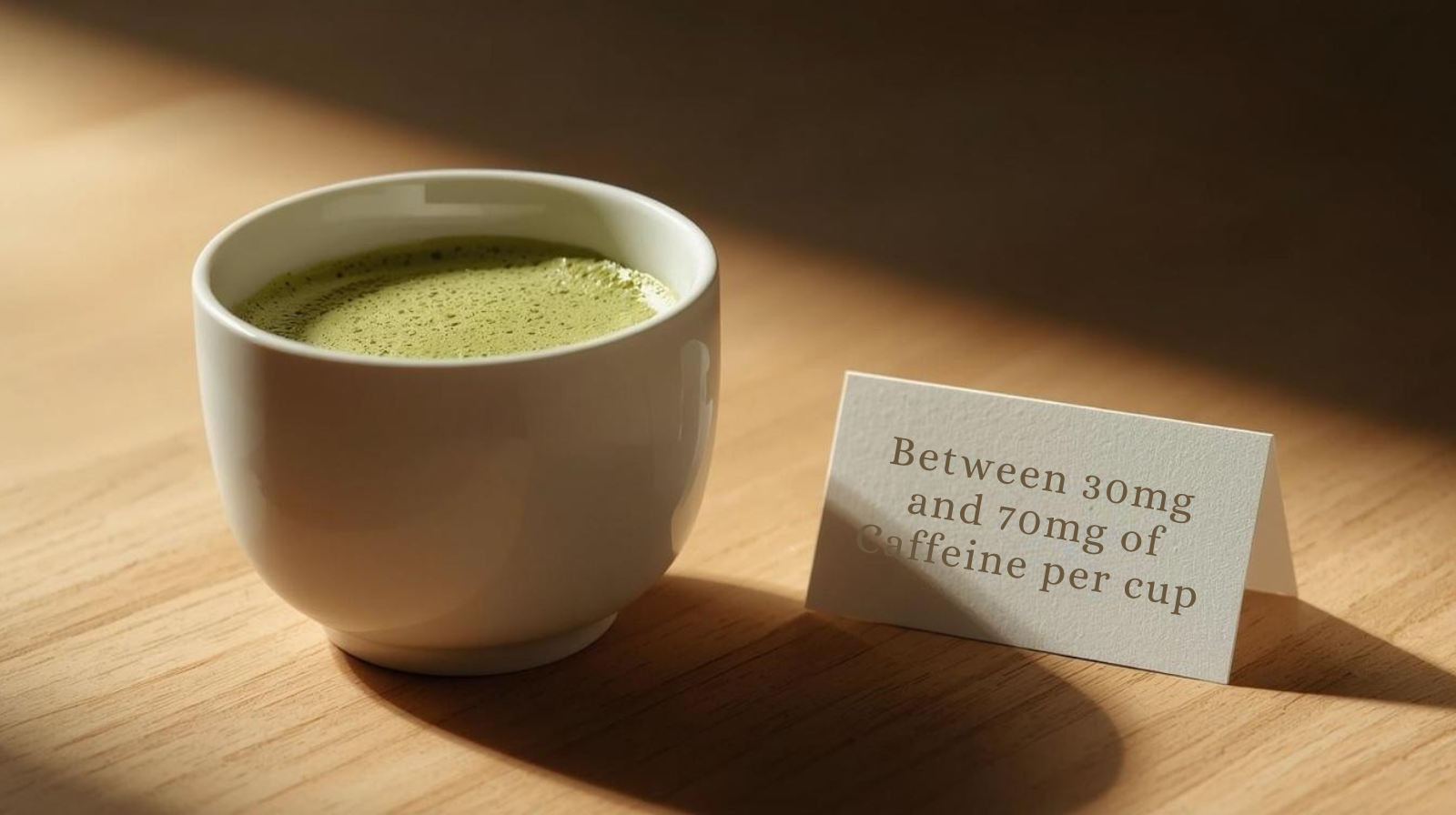
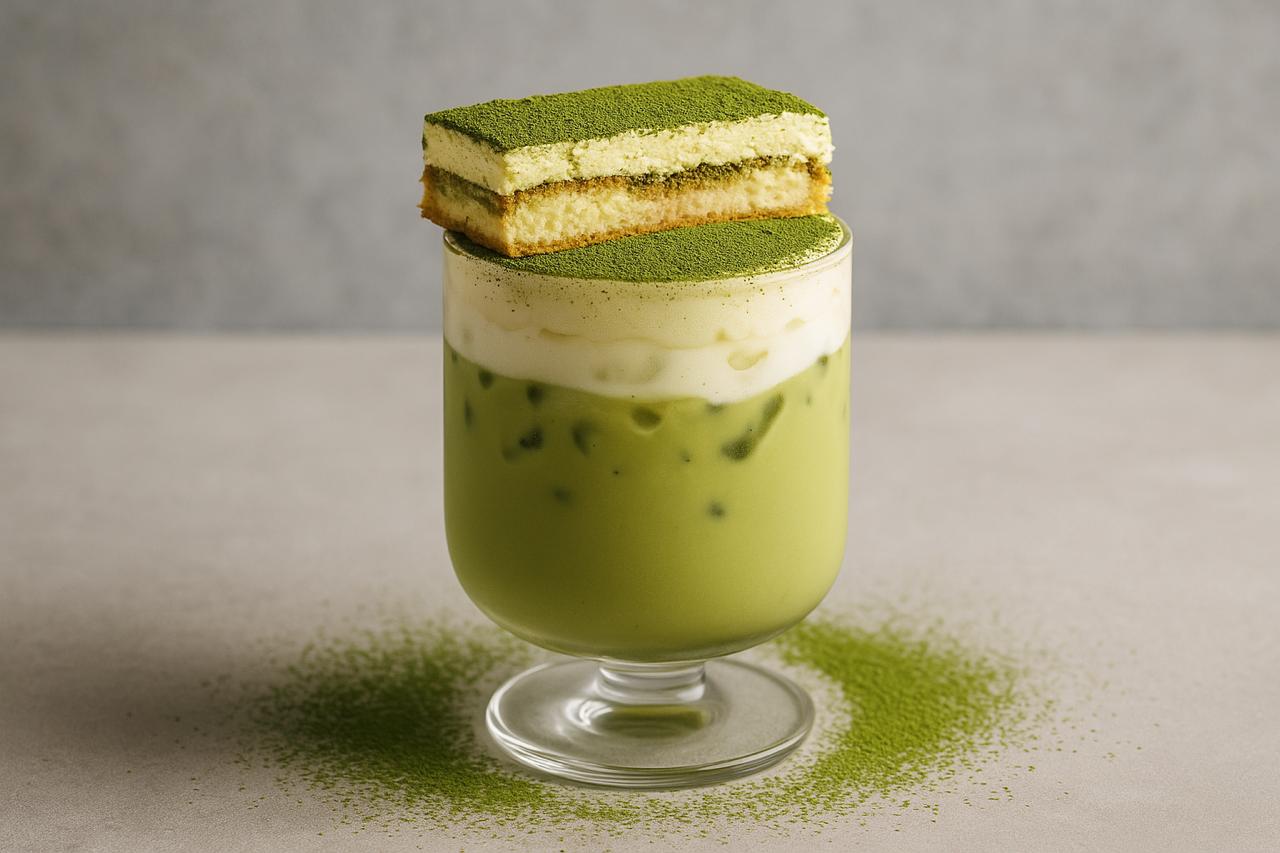
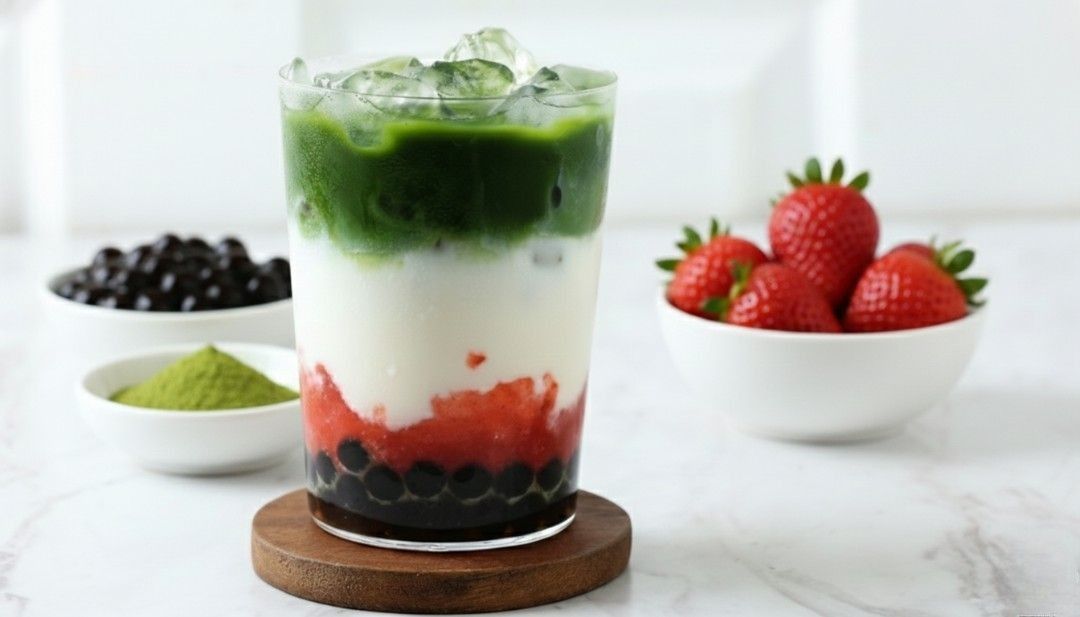
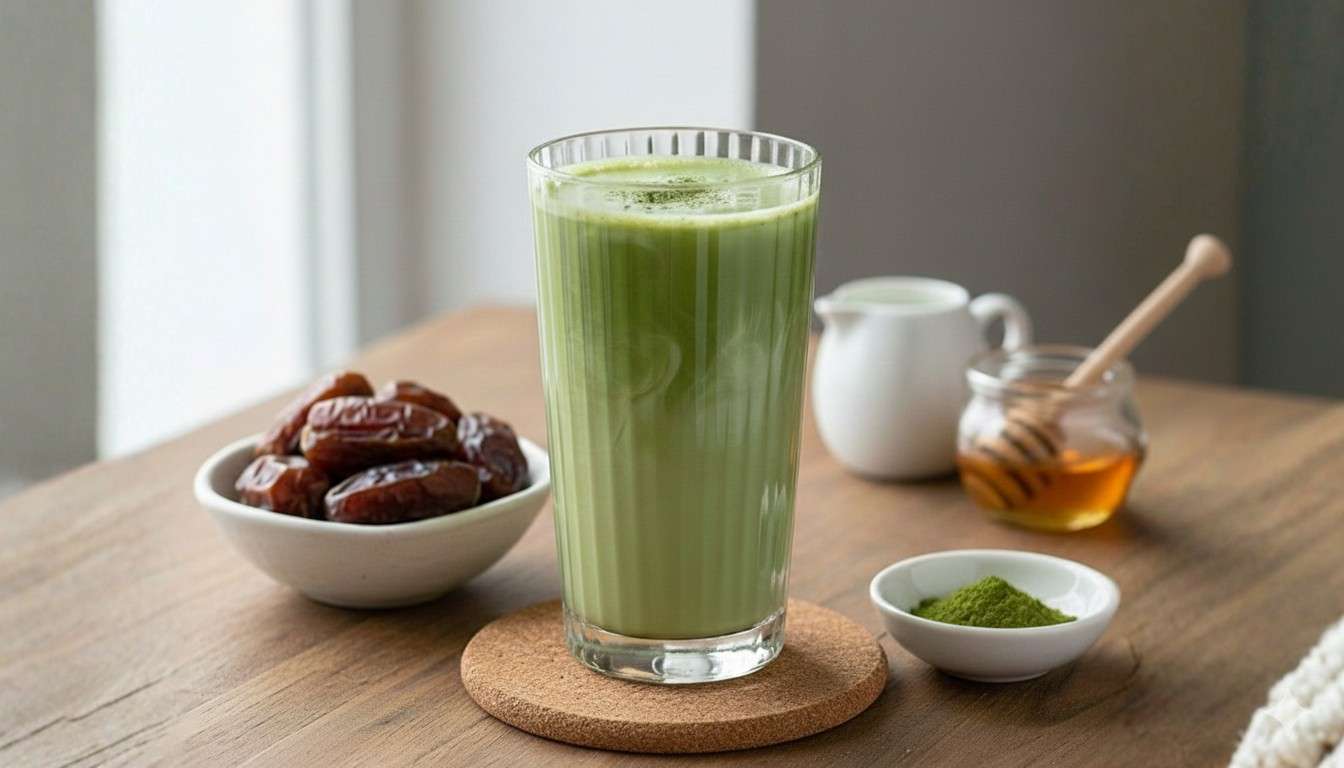


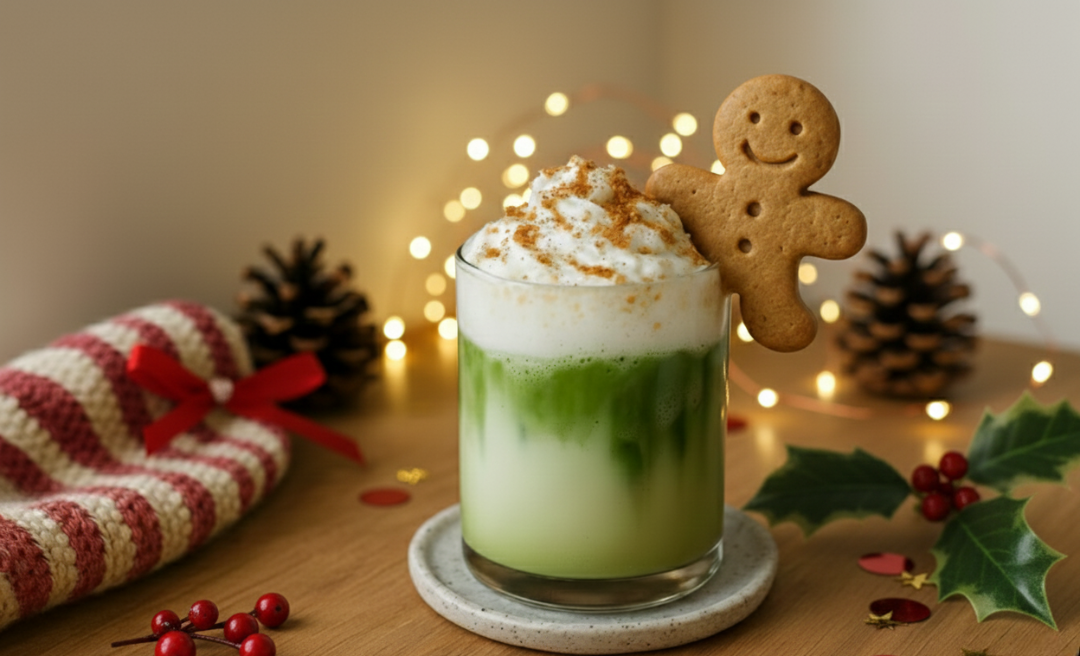
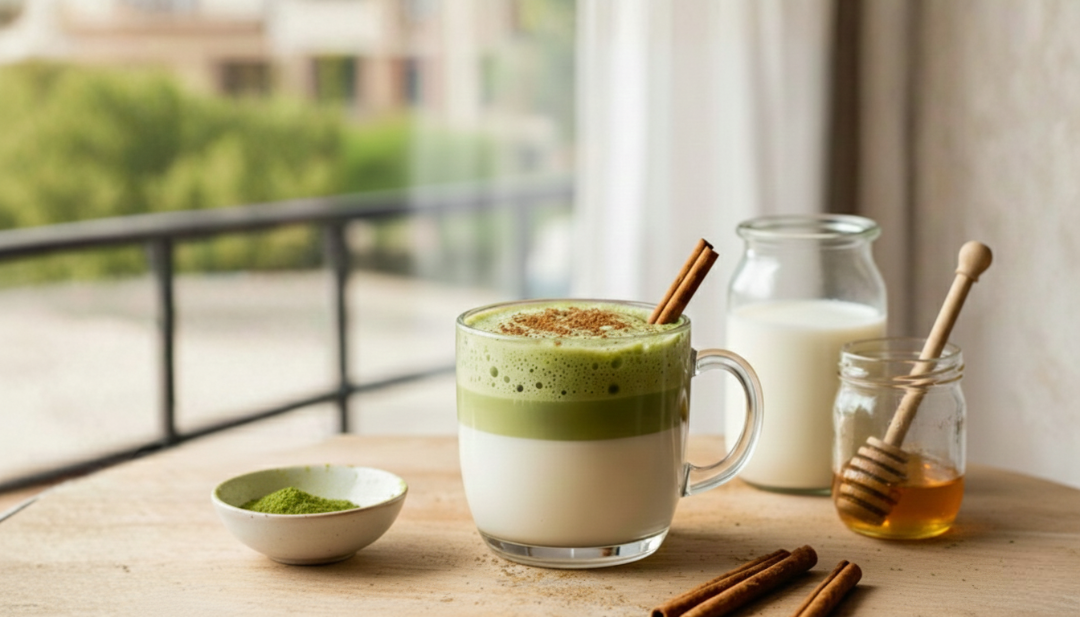
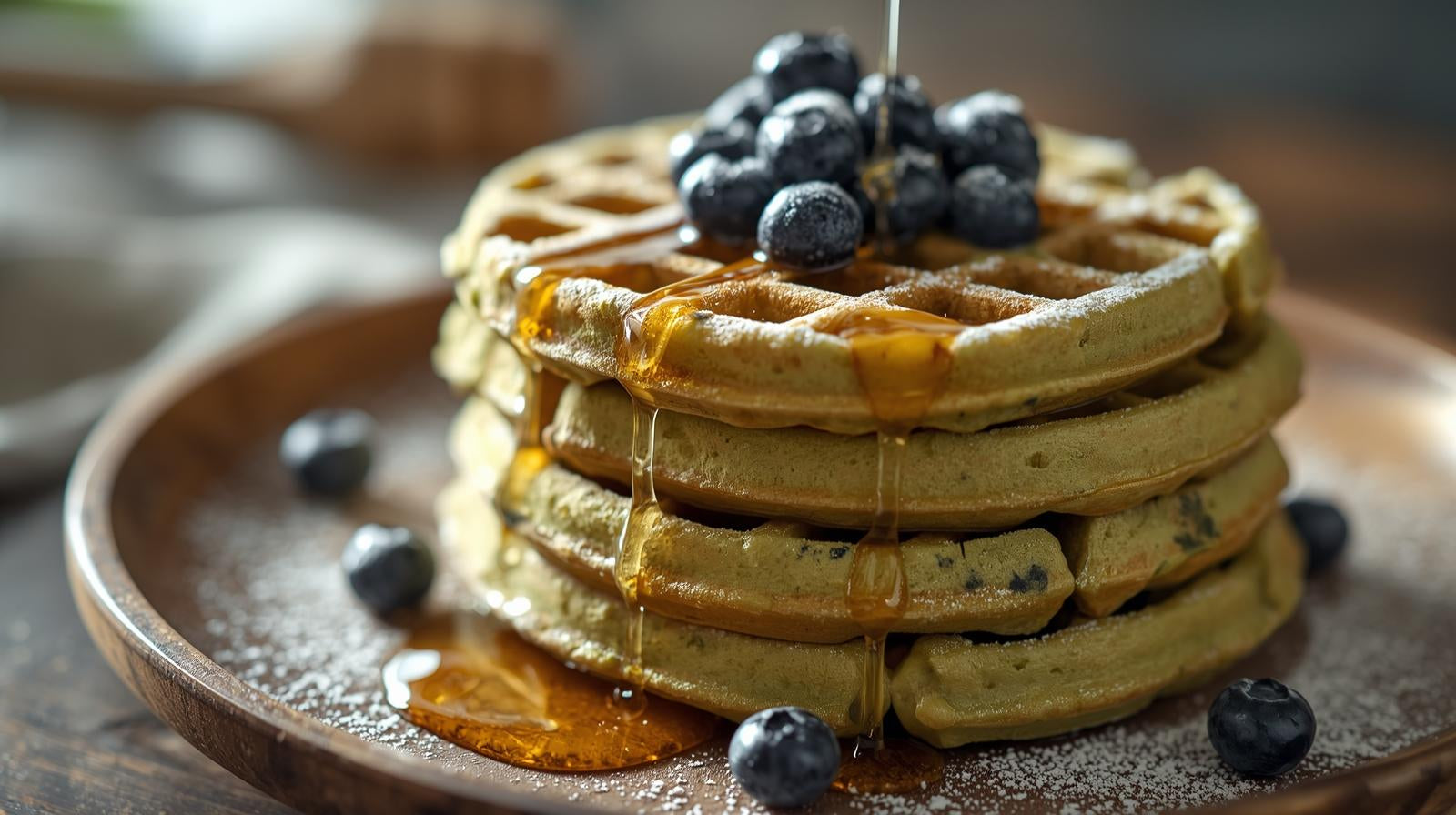
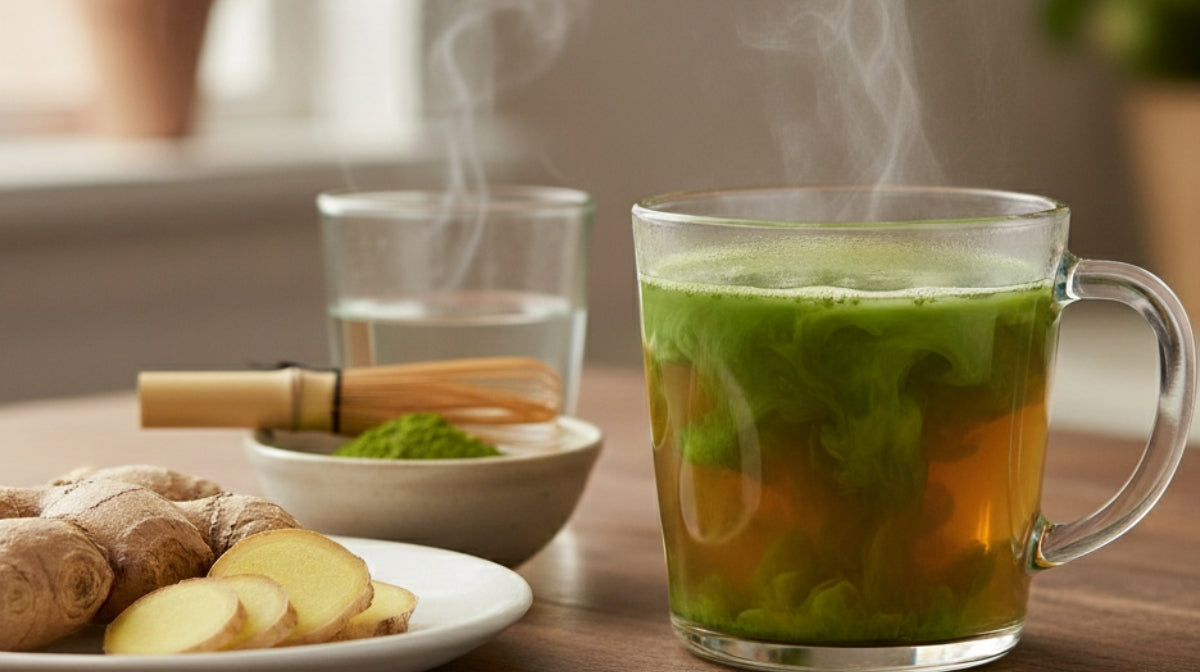
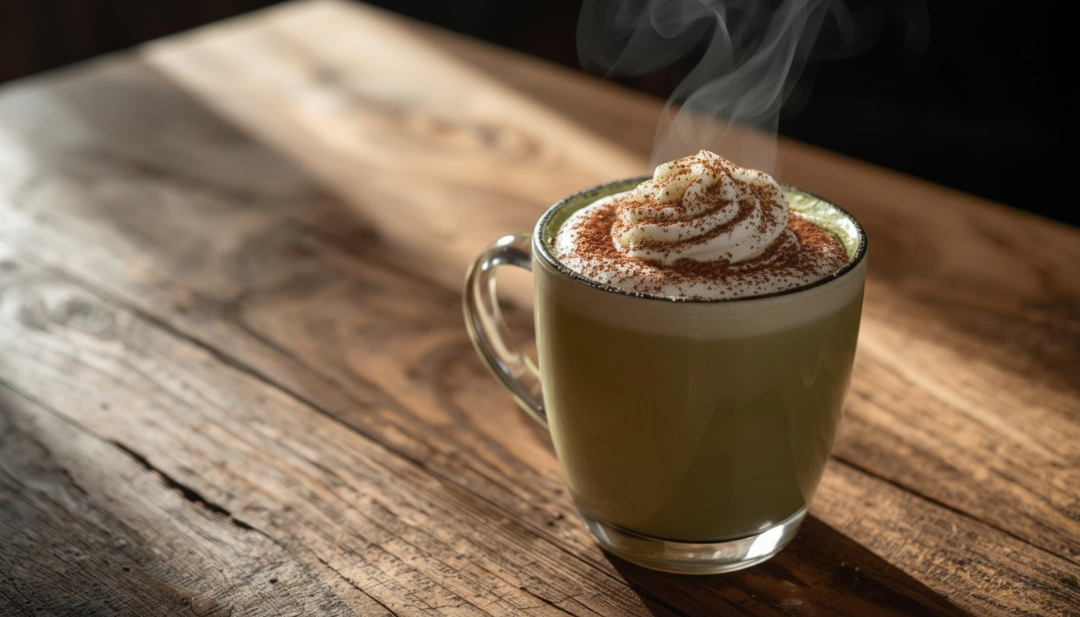
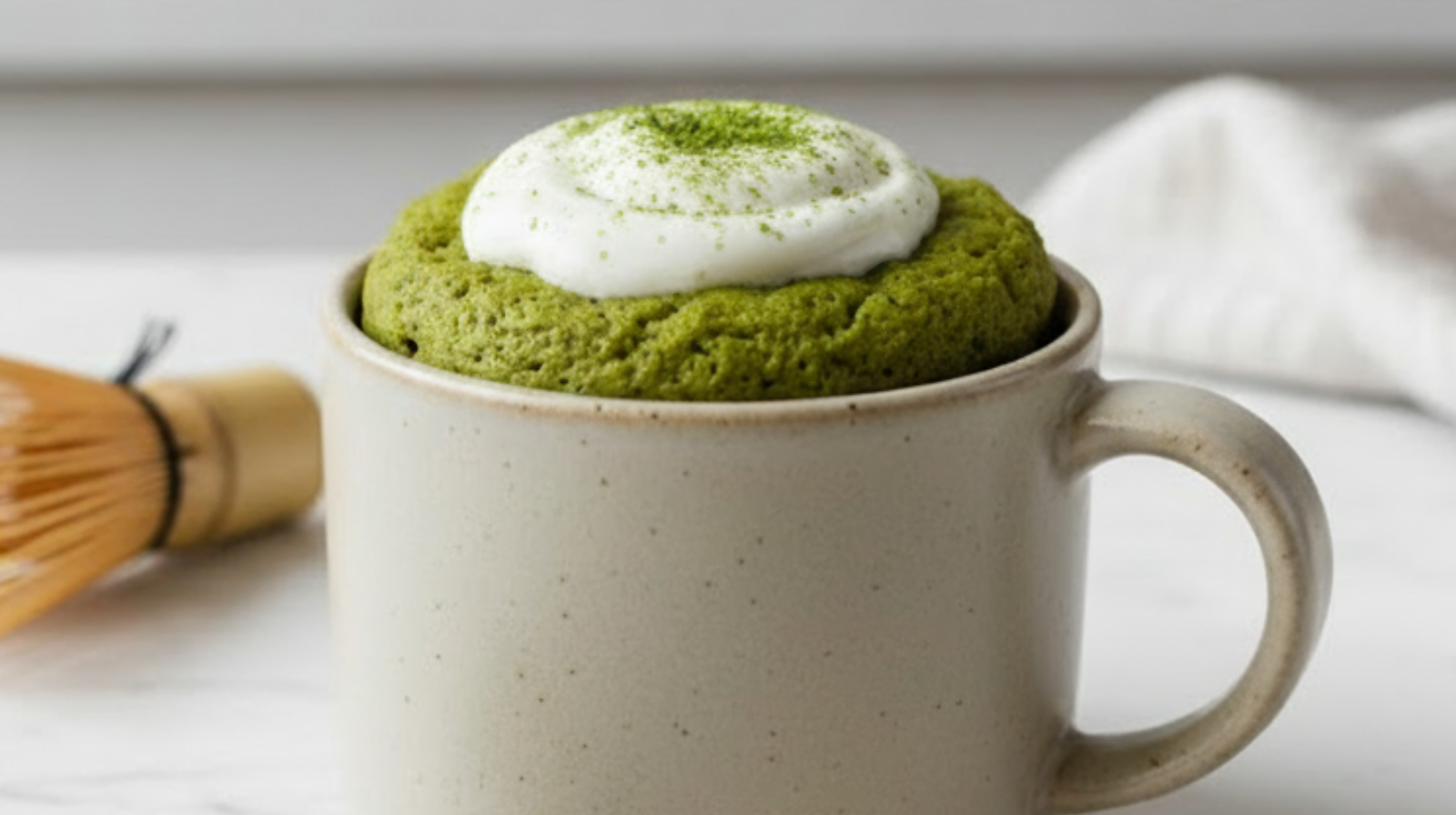

Share:
What Effect Does Matcha Have On Iron Absorption
Does Matcha Cause Blood Thinning?